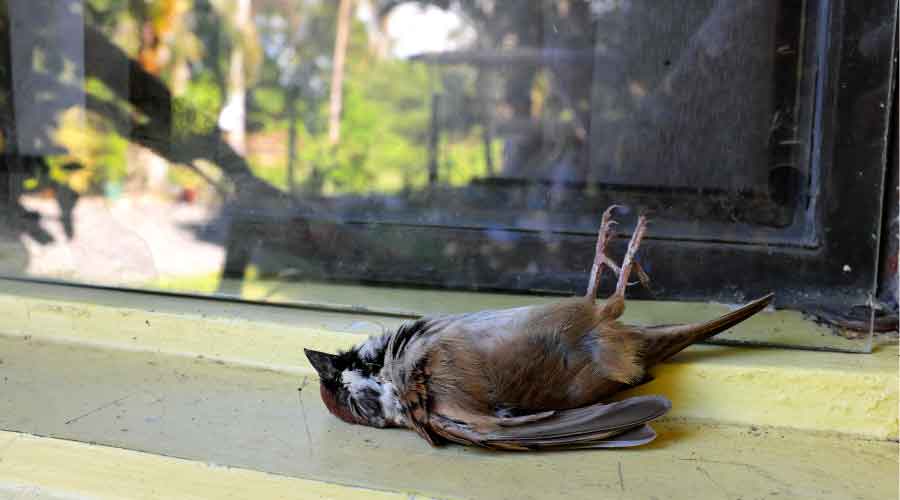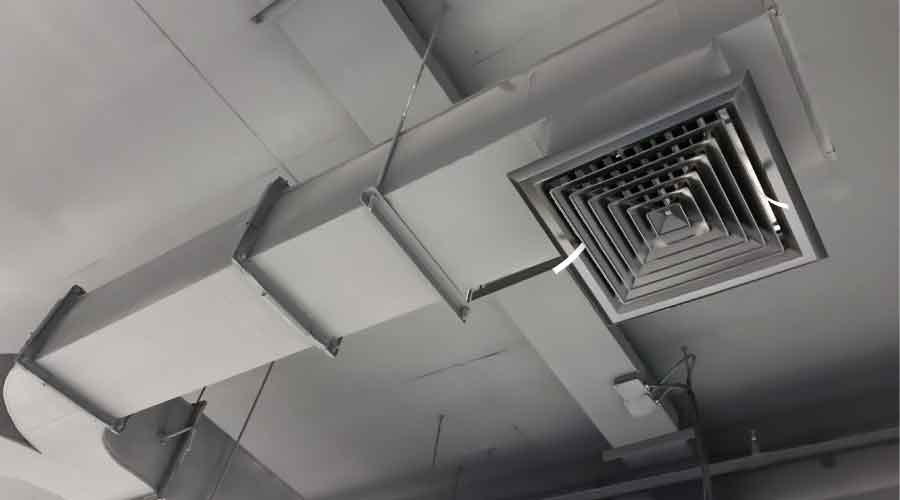
Federal Agency Seeks to Protect Birds from Buildings
U.S. Fish & Wildlife Service is retrofitting building windows with a special material designed to prevent deadly bird collisions. November 10, 2022
By Dan Hounsell, Senior Editor
Birds and buildings have never been a healthy match, but as new buildings become taller and more common in migration paths, the match is getting even worse for the birds. Many facilities managers, architects and designers have gone to great lengths to minimize the impact of buildings on bird populations. Cities have enacted laws designed to protect birds, and a Milwaukee sports arena even became certified as the world’s first bird-friendly building.
Now the U.S. Fish & Wildlife Service is joining the effort. Recently, Maintenance Action Teams, which are groups of maintenance professionals from various service programs, began retrofitting building windows with a special material designed to prevent deadly bird collisions. The task is a major undertaking, but it is critical to bird safety.
“Every year nearly one billion birds collide with glass in the United States,” says Pam Toschik, assistant regional director of the service’s Migratory Birds program.
Since 1970, an estimated three billion birds have vanished from the continent’s total population, and collisions are a significant contributor to this decline. Glass windows are dangerous to birds because they reflect their surrounding environment – like forest, clouds or sky. When an adhesive pattern of small dots is applied to windows, birds recognize them as barriers and steer clear.
Through the collaboration of regional staff in the Migratory Birds program, those at national wildlife refuges and fish hatcheries and field stations, the Service is scaling up collision-prevention efforts to ensure birds keep soaring safely.
In Summer 2021, three interns with the Service’s Directorate Fellows Program piloted the Bird Safe Building Survey in the Northeast. This survey is a nationwide initiative of the Migratory Birds program that allows service staff to assess their respective facilities for collision risk and find solutions to reduce it.
The Fellows visited prominent facilities, where they gathered data on factors that can influence the rate of bird collisions – things like the number of windows, lighting practices at night (lights disorient birds too), and the building’s surrounding habitat. From these surveys, they issued reports to refuge and hatchery managers on how they can take action and created a ranked list of the top 15 facilities, based on collision risk.
Dan Hounsell is senior editor of the facilities market. He has more than 25 years of experience writing about facilities maintenance, engineering and management.
Next
Read next on FacilitiesNet












